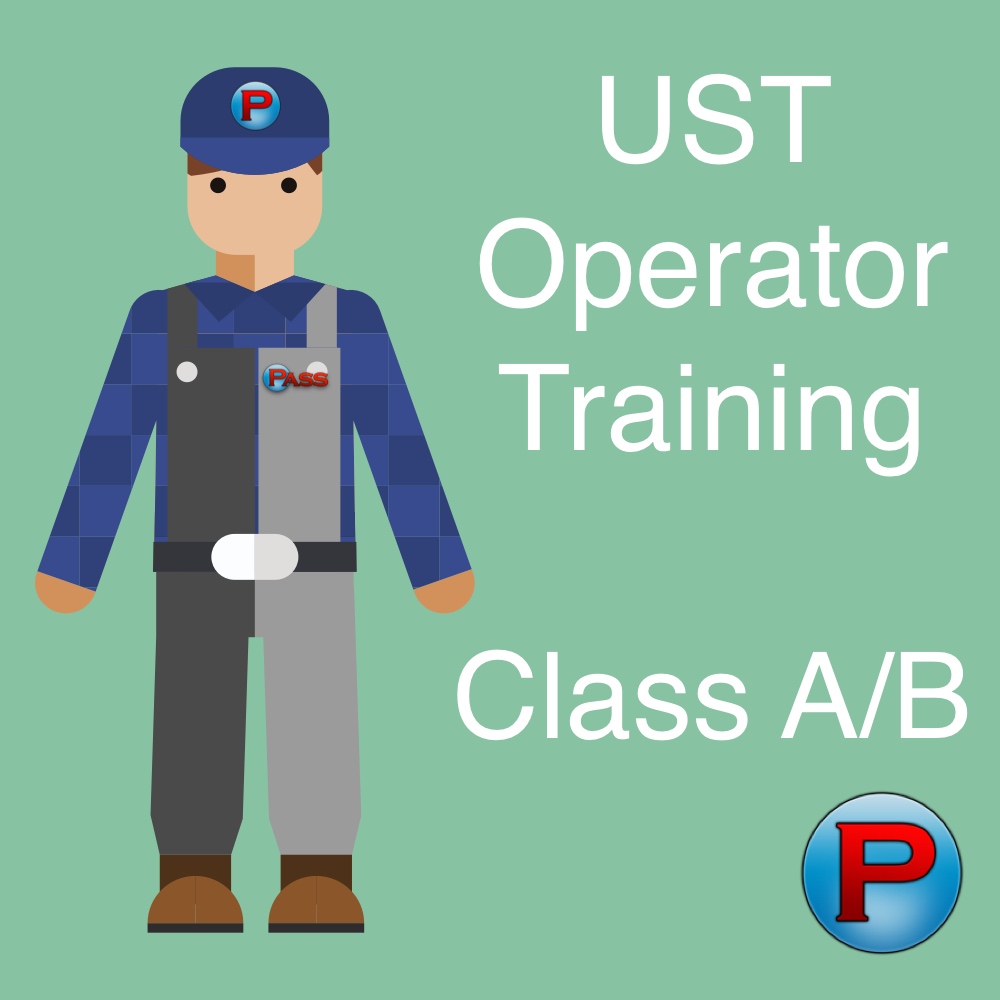The PASS Training Marketplace
Northern Mariana Islands UST/AST Class A/B Operator Training
Northern Mariana Islands UST/AST Class A/B Operator Training
PASS offers online Class A/B operator training approved by the Northern Mariana Islands Bureau of Environmental and Coastal Quality. Our Class A/B training course has been carefully researched and incorporates CNMI’s specific UST and AST regulations.
All of PASS’ UST operator training courses meet and exceed the federal requirements for UST operator training and are offered through our in-house designed and built Learning Management System (LMS). PASS’ state-specific A/B training courses are custom tailored to meet state requirements, and are accepted by more states than any other training provider. Our courses are available on demand, 24/7 and are accessible from any internet-connected computer, tablet, or phone. The student can complete an entire course in a single session or take the course in segments. The training may be stopped and restarted, allowing for maximum schedule flexibility. PASS also does not impose time restrictions on course access, so students may take as much time as they need to complete their training.
All of PASS’ UST operator training courses meet and exceed the federal requirements for UST operator training and are offered through our in-house designed and built Learning Management System (LMS). PASS’ state-specific A/B training courses are custom tailored to meet state requirements, and are accepted by more states than any other training provider. Our courses are available on demand, 24/7 and are accessible from any internet-connected computer, tablet, or phone. The student can complete an entire course in a single session or take the course in segments. The training may be stopped and restarted, allowing for maximum schedule flexibility. PASS also does not impose time restrictions on course access, so students may take as much time as they need to complete their training.
PASS’ UST operator training course content is divided into chapters. Each chapter utilizes a combination of text, images, and narration, providing a multi-faceted learning experience for diverse learning styles. Each chapter is followed by a quiz. If the student answers a quiz question incorrectly, the application automatically redirects the student to the correct course information. The student is then given another opportunity to answer the quiz question. This reflexive quizzing model ensures comprehension of the course material and reinforces learner retention.
In addition to the quizzes, the UST Class A/B operator training course includes a final exam, 80% of which must be answered correctly in order to print a certificate. The trainee can complete the entire course in a single session (approximately 4 hours plus exam time) or take the course in segments.
- Final Exam
- Yes
- Final Exam Passing Score
- 80%
- Certificate
- Yes
- Average Rating
- / 3 Reviews
- Regulated By
- Maria Department of Environmental and Coastal Quality →
Operator Overview Chapter 1
This chapter describes the primary responsibilities of the Class A, Class B, and Class C operator. It also includes the training requirements for each class of operator.
System and Components Chapter 2
This chapter seeks to raise environmental awareness as well as clearly communicate a fundamental comprehension of UST systems. Components covered include secondary containment, emergency shut-off valves, vapor recovery, tank materials, and piping materials. A download of UST terminology is available here.
Release Detection Chapter 3
This chapter emphasizes release detection methods. Equipment testing, the analysis of test results, as well as monitoring of the UST system are addressed in this chapter. Release detection methods covered include automatic tank gauging (ATG), inventory control, secondary containment with interstitial monitoring, statistical inventory reconciliation (SIR), manual tank gauging, vacuum monitoring, soil vapor monitoring, groundwater monitoring, and tank tightness testing. Release detection methods for piping, such as electronic and manual line leak detectors, are also discussed.
Release Prevention Chapter 4
This chapter prompts the trainee to be proactive in preventing spills and releases. It covers the system components that are designed to prevent corrosion, spills, and overfills. These include spill buckets and sumps as well as sacrificial anode and impressed current cathodic systems, overfill protection valves, overfill alarms, and ball float valves. Secondary containment as well as alarms and warnings are covered in this chapter. An EPA Correct Filling Checklist is available for download.
Planning and Response Chapter 5
The focus of this chapter is preparation for a release and initial response actions. Topics include recognizing warning signs of a leak, maintaining spill kits, knowing the location of the Emergency Stop button, and posting emergency contact information. Critical attention is given to clean-up and release reporting requirements, including sensitive receptor protection and state notification requirements.
Financial Responsibility Chapter 6
Owners and operators of petroleum USTs must demonstrate financial responsibility for bodily injury and property damage caused by spill and releases. This chapter covers financial responsibility statutes and financial assurance mechanisms as well as recordkeeping and reporting requirements.
Registration and Installation Chapter 7
This chapter discusses required documentation and reporting. Topics include tank permits, registration and administrative documents, and UST installation requirements.
Inspection and Closure Chapter 8
UST testing and inspection requirements are covered in this chapter. Delivery prohibition and temporary and permanent tank closures are also addressed.


